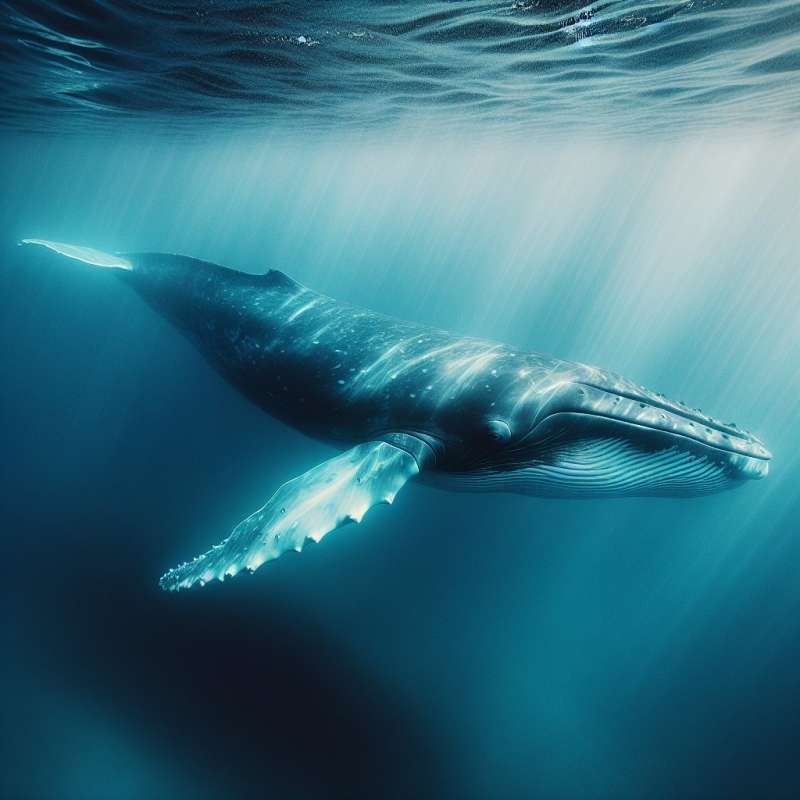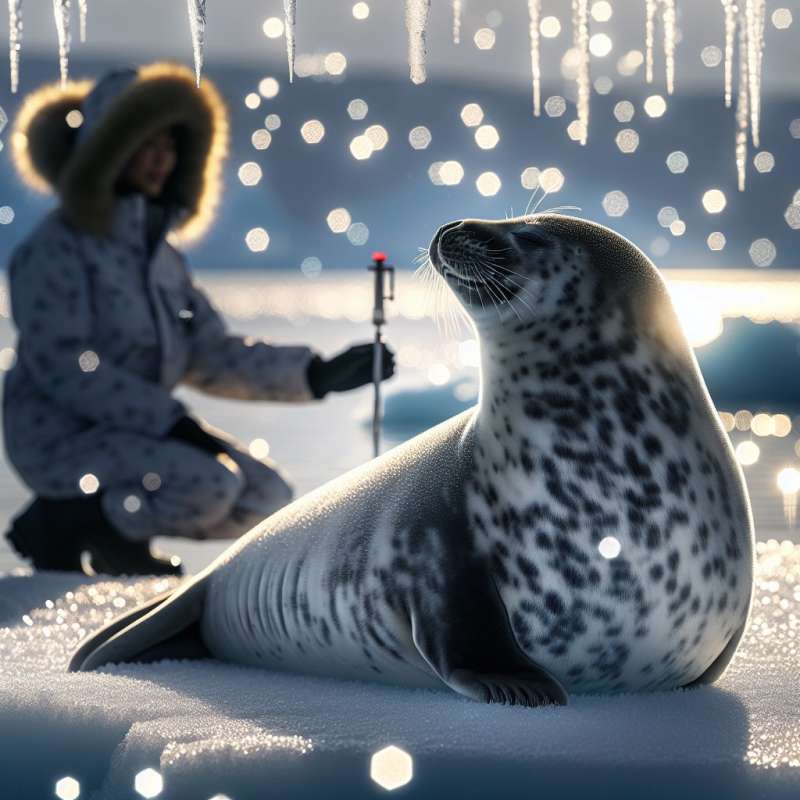
Blubber: An Introduction
Blubber is a thick layer of fat, also known as adipose tissue, found under the skin of many marine mammals, including whales, seals, and walruses. It's crucial for insulation, energy storage, and buoyancy.
Beyond Insulation
While blubber is known for providing warmth in cold waters, it also serves as an energy reserve. During times when food is scarce, marine mammals can metabolize blubber to survive.
Blubber vs. Other Fat
Blubber is different from other types of fat. It's more vascularized, containing blood vessels that help transfer heat within the body, and it has a higher concentration of polyunsaturated fats.
Blubber's Role in Buoyancy
Blubber's low density helps marine mammals stay afloat. This adaptation allows them to rest at the surface with minimal effort and aids in swimming by altering their body's buoyancy.
Thickness Variation
Blubber thickness varies among species and individuals. It can change with seasons, diet, and health. For example, the blubber of Arctic seals can be several inches thick.
Scientific Revelations
Research on blubber has led to discoveries about marine mammal migration patterns, reproductive cycles, and diets, by analyzing hormone and contaminant levels within the blubber.
Human Uses of Blubber
Historically, humans have used blubber for oil, in lamps and as a heat source, and for making soap and margarine. Indigenous peoples have used blubber as a food source rich in vitamins.Blubber's Musical Secret
Some whales use their blubber to enhance sound waves for communication over hundreds of miles, acting as a natural amplifier.
What is blubber's primary function?
Increased speed for hunting
Insulation and energy storage
Protective outer layer
Company